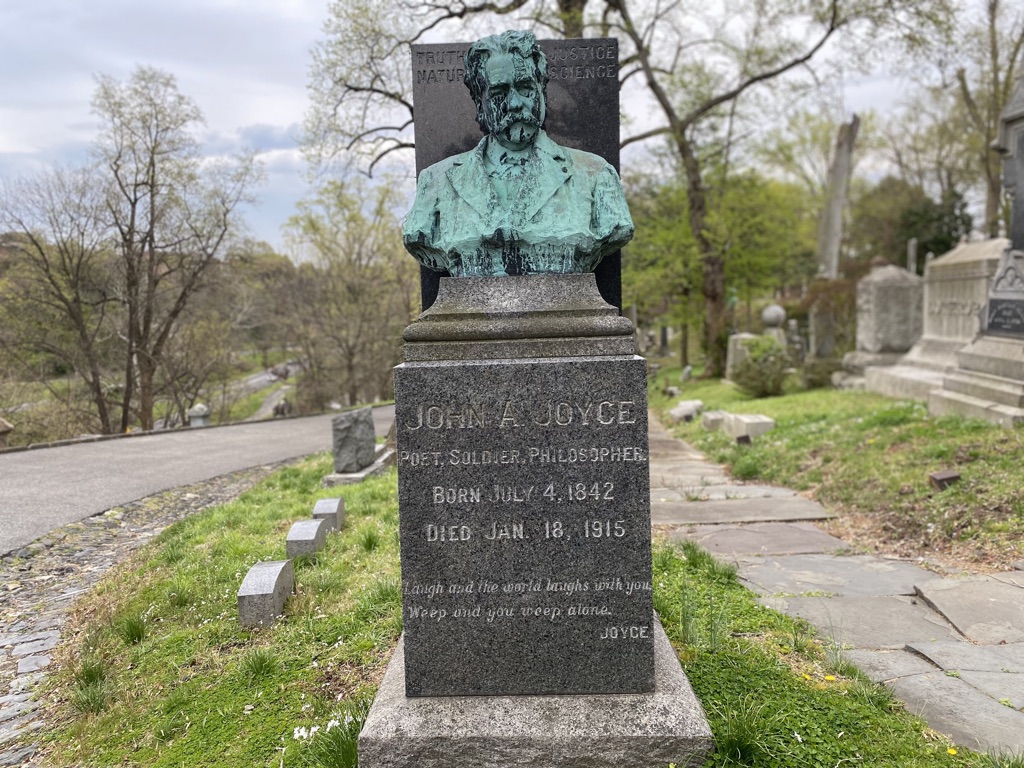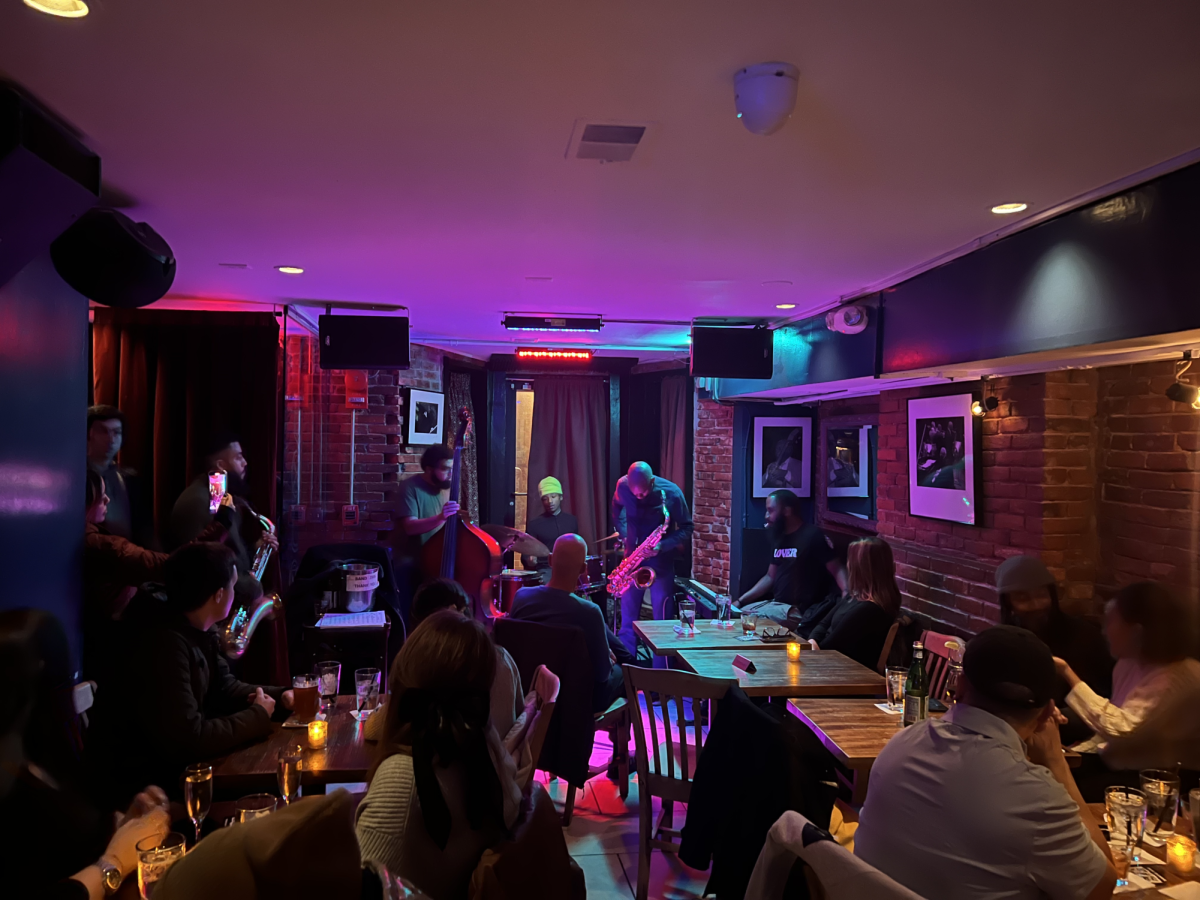Location: 3001 R St. NW

Readers’ pick: Woodrow Wilson
Cemeteries are so lifeless.
Sorry to all the graveyard fanatics out there, but as a former cemetery tour guide, I think I have the right to judge this deadly serious matter. There can only be so much interest in walking poorly paved paths and looking at a bunch of slabs of stone that look almost exactly the same.
What is fascinating is the scandal, plagiarism and lies that someone literally brings to the grave with them. That’s what the gravestone for John A. Joyce in Georgetown’s Oak Hill Cemetery contains.
Joyce was an Irish-American poet, not to be confused with the almost identically named Irish poet James Joyce. He served in the Union Army during the Civil War, from which he got the nickname “Colonel John Joyce” despite the fact he was never a colonel.
Joyce settled in D.C. after the war and then got sent to St. Louis, Missouri, when he joined the Internal Revenue Service. There, he was arrested for being a key cog in the machinery of the Whiskey Ring, a money-laundering arrangement between government officials and whiskey distillers. In 1875, the Kansas City Times informed readers about Joyce’s lawyers filing for a new trial under the headline “Let Joyce Rejoice.”
Rejoice he did, after President Rutherford Hayes pardoned him and he returned to the District the next year, hence his burial in Oak Hill, where he worked at the Treasury Department and wrote poetry until his 1915 death of unknown causes. Fear not, his poetry lived on after his demise — he wrote his will and testament in verse.
Joyce’s grave is at the bottom of a series of winding cobblestone and pavement roads in the cemetery. All around him are typical gravestones — humble white marble markers, deteriorating stone blocks with expressions of love for dead relatives and tributes to Christian symbols I didn’t attend enough Sunday school to understand.
But Joyce’s marker is anything but typical. It catches the eye due to the giant corroding metal bust of his head that sits atop it, complete with a billowing mustache straight out of the 1800s. The marker is so grandiose that Joyce had to raise funds from fellow Washingtonians to have it erected in the years before his passing. Behind his head are four words that supposedly describe the tax-collecting, embezzling poet: “Truth,” “Justice,” “Nature” and “Science.”
Looking just under his head calls those characteristics into question, though. Carved into the marble base below are quotes from some of his most famous poems, including in the front: “Laugh and the world laughs with you. Weep and you weep alone.”
Only Joyce didn’t write that line. The stanza comes from author Ella Wheeler Wilcox’s “Solitude.” Joyce just took the poem, changed a few words and put it at the end of his 1885 memoir. In a book he wrote 10 years later, Joyce claimed to have come up with the poem on the spot when a friend challenged him to write after a few drinks.
Let Joyce be a grave lesson, dear reader. Plagiarize, and a college newspaper will write a story about your gravestone 150 years later. Originate, and you originate alone.




